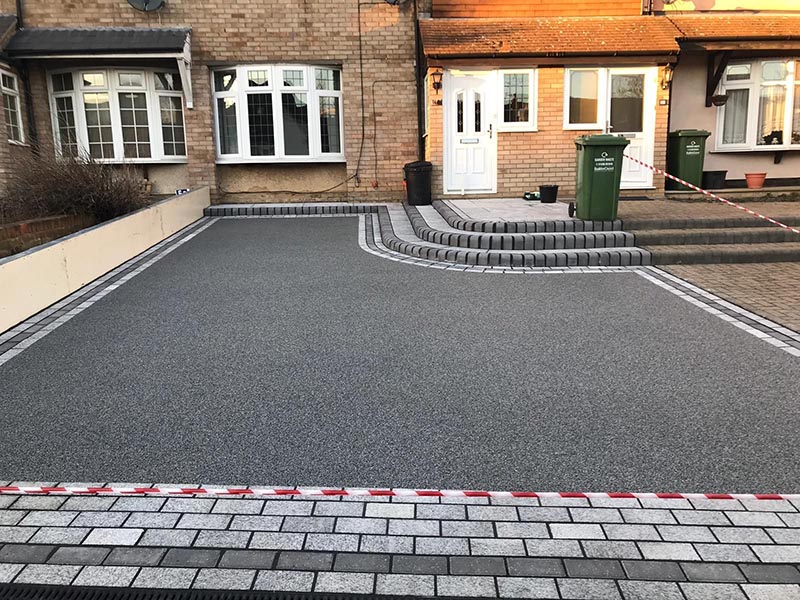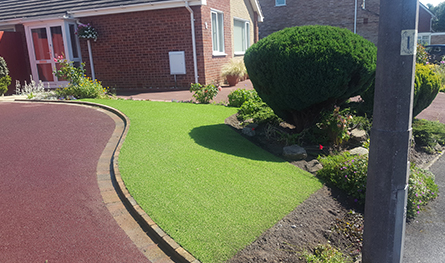Woodworm infestations can lead to significant damage in wooden structures and furniture, compromising their integrity and aesthetic appeal. Regular maintenance is crucial for preventing these infestations and ensuring the longevity of wooden items. This article explores the importance of regular maintenance in preventing woodworm damage and outlines practical strategies to keep your wooden structures pest-free.www.shashel.eu
1. Understanding Woodworm Infestations
1.1. What Are Woodworms?
Woodworms are the larvae of wood-boring beetles, primarily belonging to the families Anobiidae and Bostrichidae. They thrive in moist environments and feed on the cellulose in wood, causing structural damage over time. Signs of an infestation include small exit holes, powdery frass (wood dust), and weakened wood.
1.2. The Risks of Infestation
If left untreated, woodworm infestations can lead to:
- Structural Damage: Compromised beams, floorboards, and furniture can become unstable and unsafe.
- Aesthetic Loss: Infested wood can develop unsightly damage, reducing its visual appeal.
- Financial Burden: Repairing or replacing damaged wood can be costly, making early prevention essential.
2. The Role of Regular Maintenance
2.1. Early Detection of Infestations
Regular maintenance allows for early detection of woodworm infestations:
- Routine Inspections: Conduct visual inspections of wooden structures and furniture to identify signs of woodworm activity. Look for exit holes, frass, and any soft or crumbling areas.
- Monitoring Conditions: Keep an eye on humidity levels and moisture accumulation, as these are critical factors in woodworm survival.
2.2. Preventing Favorable Conditions
Maintaining the right conditions can deter woodworms from infesting your wood:
- Humidity Control: Woodworms thrive in humid environments. Using dehumidifiers and ensuring proper ventilation can keep moisture levels low.
- Temperature Management: Maintaining a stable temperature in your home can also help prevent woodworm infestations, as extreme temperatures can deter pests.
3. Practical Maintenance Strategies
3.1. Regular Cleaning
Keeping wooden surfaces clean can help prevent infestations:
- Dust Removal: Regularly dust wooden furniture and surfaces to prevent the accumulation of organic materials that can attract pests.
- Deep Cleaning: Periodically perform a deep clean using appropriate wood-safe cleaning products to remove any debris and dust that may harbor pests.
3.2. Treatment of Wood Products
Applying protective treatments can enhance the durability of wood:
- Preservatives: Use wood preservatives to create a barrier against pests. Choose products that are safe for the specific type of wood you have.
- Sealants and Finishes: Applying sealants and finishes not only enhances the appearance of wood but also provides a protective layer against moisture and pests.
3.3. Repair and Restoration
Addressing damage promptly can prevent further issues:
- Fill Holes and Cracks: Regularly inspect wooden structures for holes and cracks, filling them promptly with appropriate wood fillers.
- Repair Weak Areas: Reinforce any weakened sections of wood to maintain structural integrity. This may involve using wood glue, clamps, or even replacing damaged sections if necessary.
4. Educating Yourself and Others
4.1. Staying Informed
Knowledge is key to effective maintenance:
- Research Woodworm Behavior: Understanding how woodworms thrive can help you identify potential risk factors and take appropriate measures.
- Attend Workshops: Participate in local workshops or online courses about wood care and pest management.
4.2. Community Awareness
Sharing knowledge can help others protect their wooden items:
- Inform Neighbors and Friends: Educate those around you about the signs of woodworm infestations and the importance of regular maintenance.
- Organize Community Events: Consider organizing community events focused on wood preservation and pest prevention.
5. Conclusion
Regular maintenance is essential for preventing woodworm damage in wooden structures and furniture. By conducting routine inspections, controlling humidity and temperature, implementing cleaning practices, and treating wood products, homeowners can significantly reduce the risk of infestations. Staying informed and sharing knowledge with the community further enhances these efforts. By prioritizing maintenance, you can protect your investments and ensure the longevity of your wooden items, allowing them to be enjoyed for generations to come.



